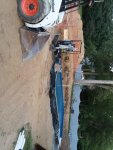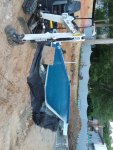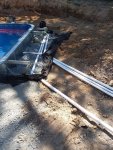Hi all- about to begin excavation for an 18x36 hydra polymer pool and trying to determine best material for backfill. I’ve seen sand, gravel, and crush and run all recommend. My excavator (who also dug our foundation and knows the area well) is also saying we have “wonderful” soil for backfill (it’s basically sand and river rock). We live in New Hampshire, so ground freeze definitely a consideration.
Also curious thoughts on filling with water before or during backfill.
Thank you.
Also curious thoughts on filling with water before or during backfill.
Thank you.




